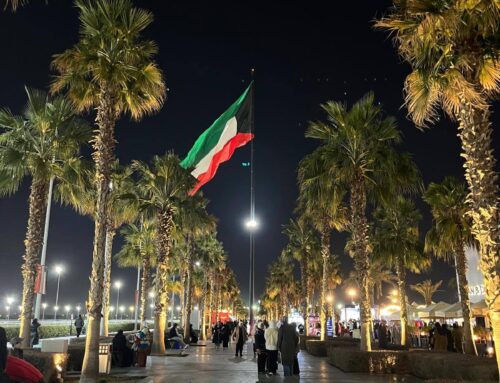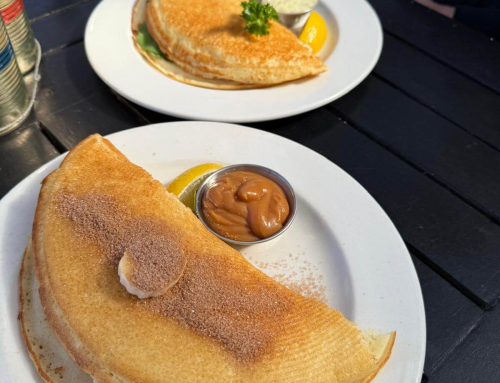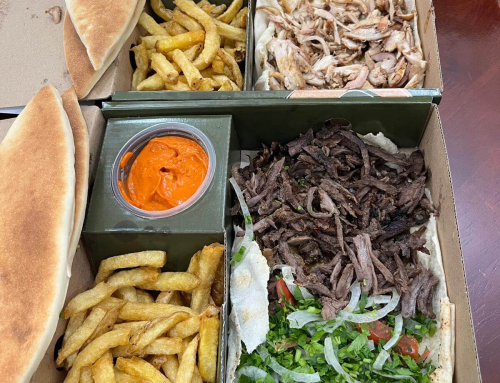Traditional Arab Men’s Clothing in the GCC
Have you ever seen traditional Arab clothing? There is something absolutely stunning about the precision, the simplicity of the fabric but also the glamor of it all. One thing we have loved about living in the Middle East is getting to see all the amazing traditional outfits that both men and women wear.
Before moving here, we incorrectly assumed that all Arab countries had the same traditional outfits. I’d seen the white robe and red scarf before but that’s all I knew. Once we started traveling around the area and to the other GCC countries, we quickly found out that while there are some big similarities, there are these fascinating small, subtle but very interesting differences. It was like an aha moment when we could start to recognize where a person was from based on the tassel on their robe or the head piece they were wearing.
We do recognize that there are many other Arab countries and varieties of dress besides what we have listed here. However since we live in the GCC countries, we’ll focus on those 6 countries in this article: Kuwait, Oman, UAE, Qatar, Bahrain, and Saudi Arabia. Also we know that the styles change depending on the type of occasion and season. We don’t have time to cover everything so we’ll just give a sampling of the intricate detail differences we noticed that make each country unique!
What is Traditional Arab Men’s’ Clothing in the GCC?
The traditional long white robe, called thoub/thobe (ثوب) or dishdasha (الدشداشة) , is the main item of clothing for Gulf men. It is lightweight and breathable for the hot summers. The top half resembles a nicely tailored shirt. Although it extends to the ankles, generally a pair of loose-fitting trousers called sirwal (سروال) are worn underneath the robe. It usually comes with hidden pockets on the sides to keep the sleek look. Some countries use a thicker, dark colored wool fabric to keep warm in the winter cold, but the white is the most traditional and what you’ll see most often
The headscarf, ghutra (غترة), is tied on the head with a black piece of cord, (iqal/eqal) عقال, and is used with a skullcap, ghafiya (جاهفية), which keeps the hair in place. The headscarf tends to be a pure white or the classic white and red checkered pattern. Now here’s where it gets interesting – each country has its own distinctive way of wearing and styling these traditional pieces!
Kuwait
The Kuwaiti thobe has a distinctive circular high collar with one button. It’s a super sleek look with little to no additional adornment besides a few buttons going down the center. Sometimes there is a small square pocket on the front. The headscarf is generally white as well and is shaped with a point or v shape on the forehead. The two sides are folded up to create a swoop on both sides and the black agal has no tassel hanging off the back. Once you know what to look for, you can spot a Kuwaiti thobe from across the room!
Oman
The Omani thobe is totally unique as it has no collar and short tassel just a few inches long. The tassel is made of strings, which is placed to the side of the center. But here’s what really sets Omani men’s clothing apart: the cap is completely different from the rest of the GCC countries. Instead of the traditional scarf, they wear a kumma: a colorfully embroidered cap with geometric shapes. Fun fact, the kumma can be folded multiple ways to achieve different looks. The Omanis also have a tradition of matching the color of the thobe to the colors in the kumma. Therefore you’ll see lots of beautiful light shades of thobes like pinks, purples, oranges, and blues. Or alternatively, the stitching on the white throbe can match the kumma. Walking through any Omani souq is like seeing a rainbow of traditional clothing. It’s absolutely beautiful and such a departure from the all-white thobes you see in neighboring countries.
UAE
The Emirati style has a collarless robe with a much longer plaited tassel made of strings that hang down the middle, called Al Farukhah. The tassel can hang down to the waist, it’s quite dramatic. The Emiratis also have a distinctive embroidered v shape on the chest/neck line that adds an elegant touch. The headscarf is casually draped to the sides or pushed back over the shoulder with the black agal on top. There is something effortlessly stylish about the Emirati look.
Qatar
The Qatari thobe really stands out by its prominent, stiff, pointed collar. This collar is very similar to a button down business shirt and gives a very formal, polished appearance. Usually the headscarf is starched and stiff to make an imposing look that some say resembles a cobra snake. Pretty cool, right? The two tails or sides of the scarf are worn in the back and the tassels of the black agal hang long out the back. You’ll definitely notice this distinctive style when you’re in Doha.
Bahrain
The Bahraini thobe features a one-button collar that’s usually left open creating a softer, more relaxed look. Generally the thobe includes a side pocket and is worn more casually compared to some of the other GCC styles. The headscarf is also worn in a casual manner, letting the sides fall easily on the shoulders or just behind. If you’re wondering which country has the most laid-back traditional dress style, it’s definitely Bahrain!
Saudi Arabia
The Saudi thobe has some distinctive features that set it apart. It comes with a two-button collar and buttons that extend half way down the robe. Another distinctive look is they are the only GCC country that uses cufflinks with the thobe. Talk about attention to detail! The headscarf is the traditional red and white checkered pattern called a shemagh or keffiyeh in most parts of the world (though in Saudi it’s specifically called a shemagh). While there are many ways to wear the scarf, Saudi has the most complicated to master look called the Bint Al-Bakkar which involves intricate folding and placement techniques. If you ever get the chance to watch someone tie their shemagh in this style, it’s pretty.
Putting It All Together
What started as “they all look the same” has become this fascinating appreciation for the subtle regional differences that make each country’s traditional dress unique. So next time you see traditional Arab men’s clothing in the GCC, check out these small differences in the collar of the robe or the style of the head wrap to see if you can identify what country the wearer is from!
These differences aren’t just about fashion. They represent regional identity, cultural pride, and centuries of tradition. The fact that each country has maintained these distinctive elements despite being such close neighbors shows how important cultural identity is in the Gulf region. It’s one of those beautiful aspects of living in the Middle East that we’ve come to really appreciate and respect.
Whether you’re planning a trip to the GCC or you’re just curious about Arab culture, understanding these traditional clothing differences gives you a deeper appreciation for the region’s diversity. And trust me, locals really appreciate it when visitors notice and respect these cultural details!
Special shout out to the amazing artist Wala who did all of the artwork on this post! Check out more of her work here!
Discover more from Penley Perspective
Subscribe to get the latest posts sent to your email.











Leave A Comment